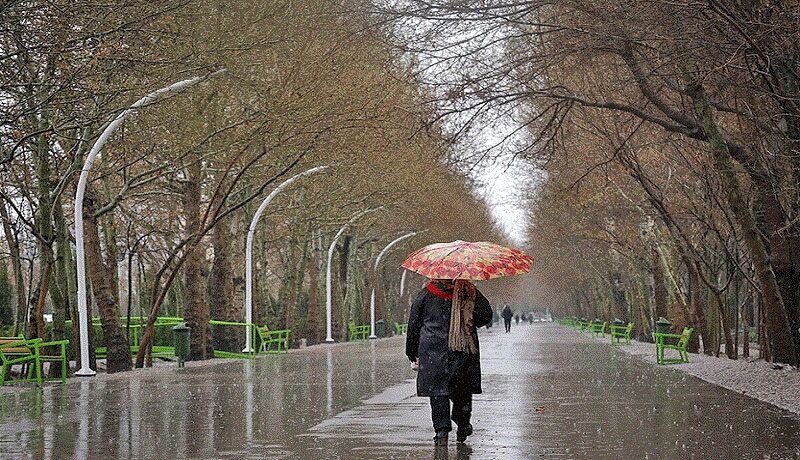Precipitations increase by 43 percent

TEHRAN – Over the first half of the current Iranian calendar month (started December 22, 2022) precipitations rose 43.8 percent compared to the same period last year.
However, the volume of precipitations is still unfavorable and there is a shortfall over the long-term period, IRNA reported.
According to the report, 17.3 millimeters of precipitations were recorded in the 15-day period.
Since the beginning of the current water year (September 23, 2022), precipitations have reached 52.6 millimeters, a decrease of 26.2 percent compared to 71.3 millimeters in the long-term period.
According to statistics, the average rainfall in the country in the last 50 years has been 270 mm, which has decreased by 230 mm, in other words, over the past 5 decades, the average rainfall has dropped by 40 mm.
According to the World Meteorological Organization's multiannual forecast, in the next five years, Iran’s average rainfall will decline by 75 percent, and the temperature rises by 50-75 percent compared to the long-term average.
Severe drought
Over the previous water year, the rainfall decreased by about 24 percent compared to the long-term average, which marked another year of low rainfall for Iran.
Unfortunately, over 70 percent of the country is suffering from severe drought. The severity of the drought is devastating in areas such as the Zagros, which is both a source of water and natural habitats
Perhaps the first and most important damage of drought is the weakening of vegetation, which seriously disrupts the wildlife food chain.
Iran faces a range of environmental challenges from high temperatures, pollution, flooding, and vanishing lakes. In April 2021, the Iranian Meteorological Organization warned of an "unprecedented drought" and rainfall levels that were substantially below long-term averages.
The Iranian Red Crescent Society estimates that 4.8 million people are at medium to high risk of drought-related impacts, mostly in remote and rural areas of the provinces.
MG
